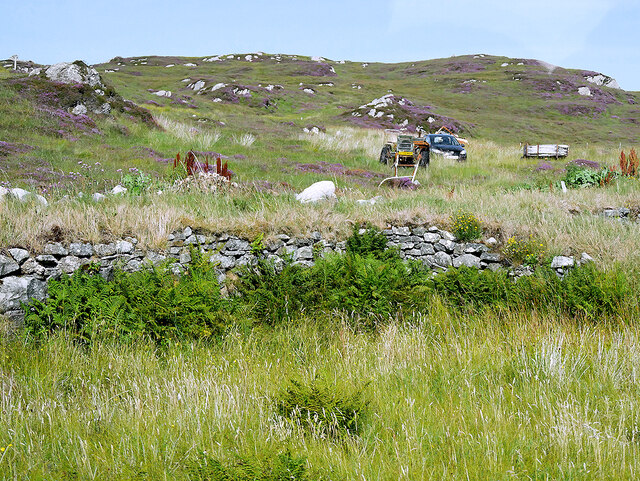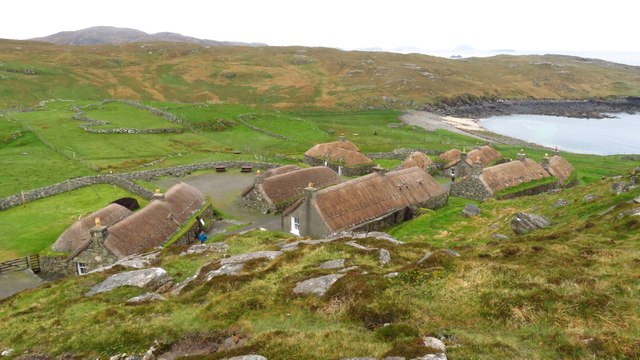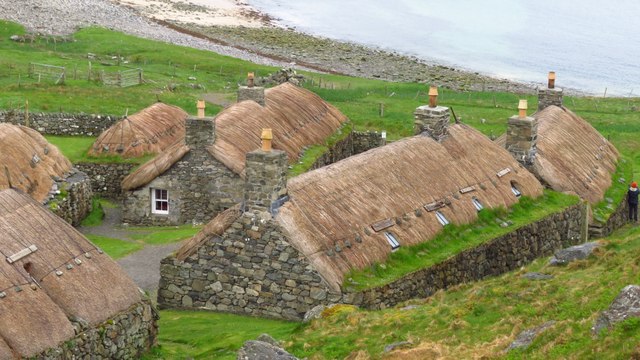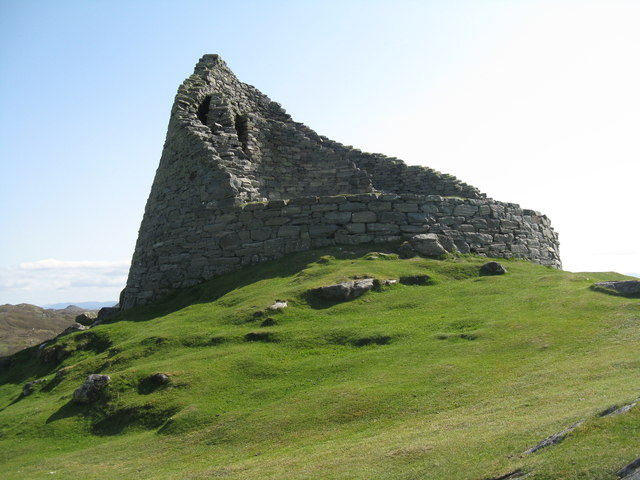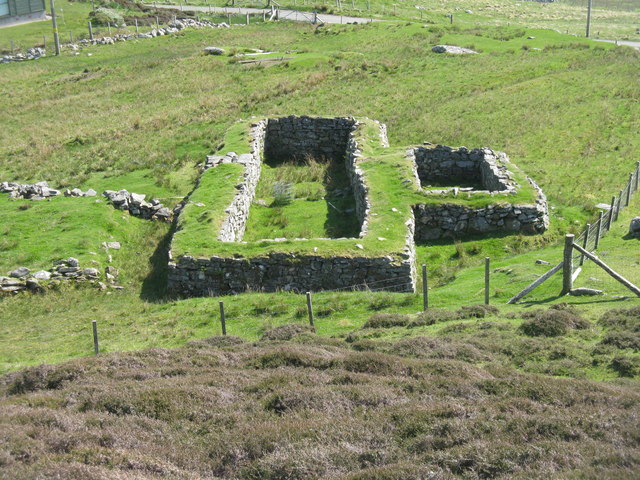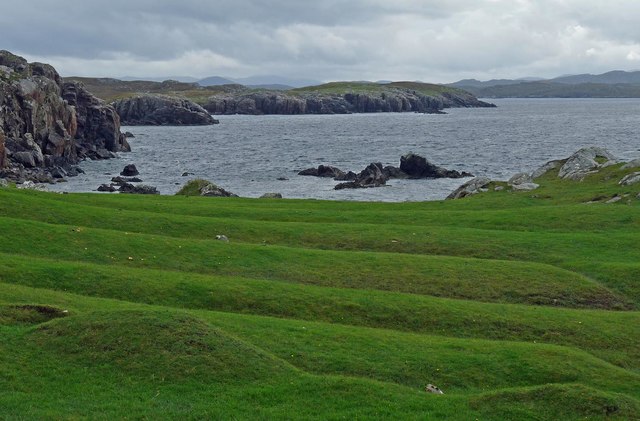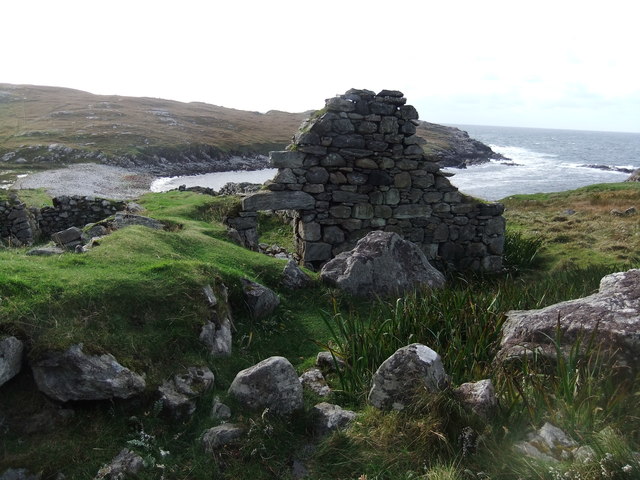Geodh' a' Charra
Coastal Feature, Headland, Point in Ross-shire
Scotland
Geodh' a' Charra
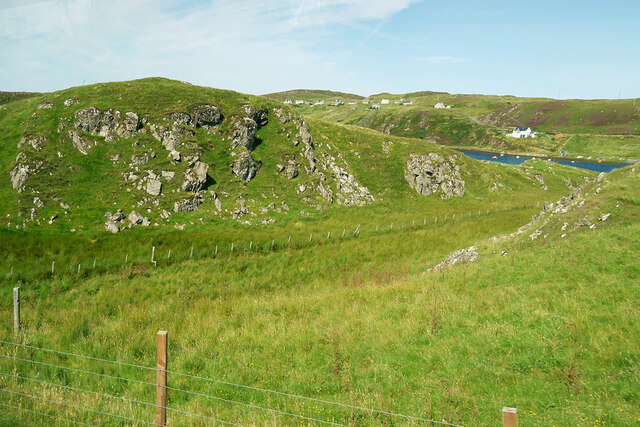
Geodh' a' Charra is a prominent coastal feature located in Ross-shire, Scotland. Situated on the western coast of the Scottish Highlands, it is a headland that extends out into the North Atlantic Ocean. Geodh' a' Charra is known for its stunning natural beauty and dramatic cliffs.
The headland is characterized by its rugged landscape, with steep cliffs that reach heights of up to 100 meters. These cliffs provide breathtaking panoramic views of the surrounding coastline and the open sea. Geodh' a' Charra is also home to a diverse range of flora and fauna, with seabirds nesting along the cliffs and marine life thriving in the surrounding waters.
The area surrounding Geodh' a' Charra is a popular destination for hikers and nature enthusiasts. There are various walking trails that lead visitors along the headland, offering opportunities to explore the unique geological formations and observe the local wildlife. The headland is also a popular spot for birdwatching, with species such as gannets, kittiwakes, and puffins frequently spotted in the area.
In addition to its natural attractions, Geodh' a' Charra holds historical significance. The headland is believed to have been inhabited since ancient times, and there are remnants of ancient settlements and burial mounds in the surrounding area. These archaeological sites provide insight into the region's rich cultural heritage.
Overall, Geodh' a' Charra is a captivating coastal feature that offers visitors a combination of breathtaking scenery, diverse wildlife, and a glimpse into the area's history. It is a must-visit destination for anyone exploring the Ross-shire region of Scotland.
If you have any feedback on the listing, please let us know in the comments section below.
Geodh' a' Charra Images
Images are sourced within 2km of 58.279131/-6.8002143 or Grid Reference NB1842. Thanks to Geograph Open Source API. All images are credited.
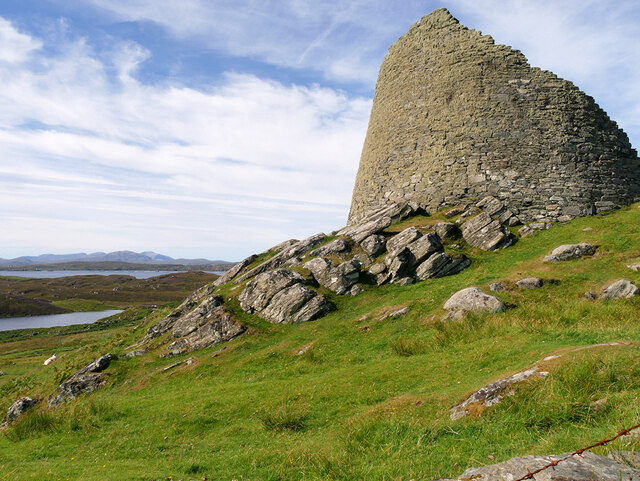
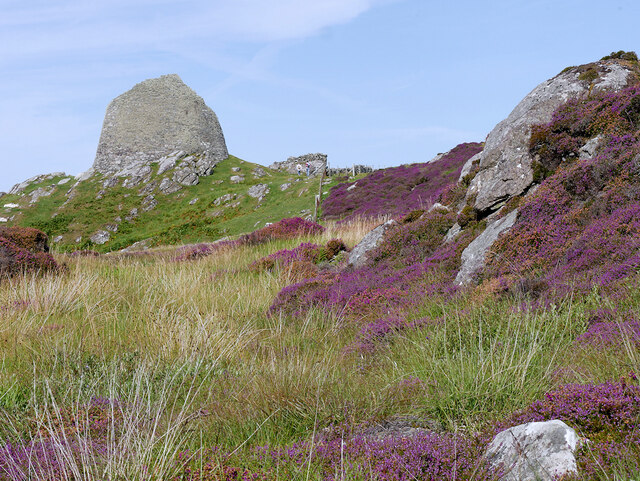
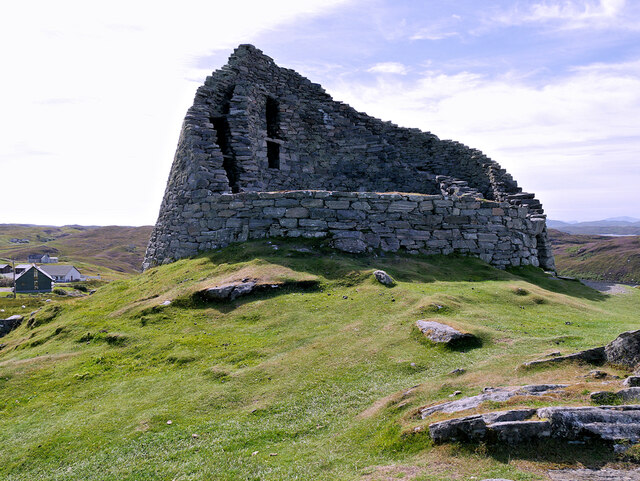
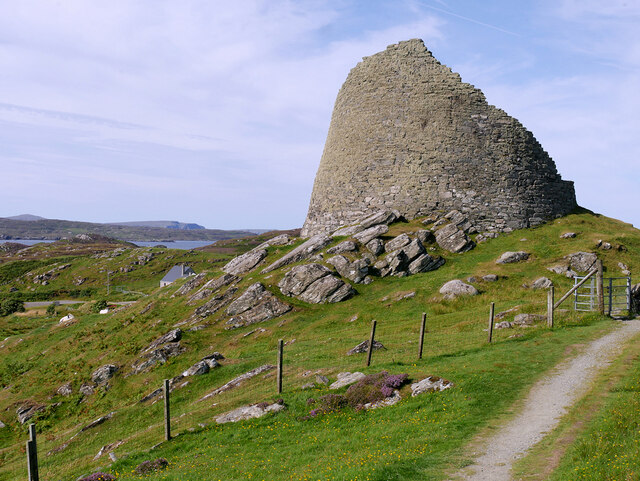
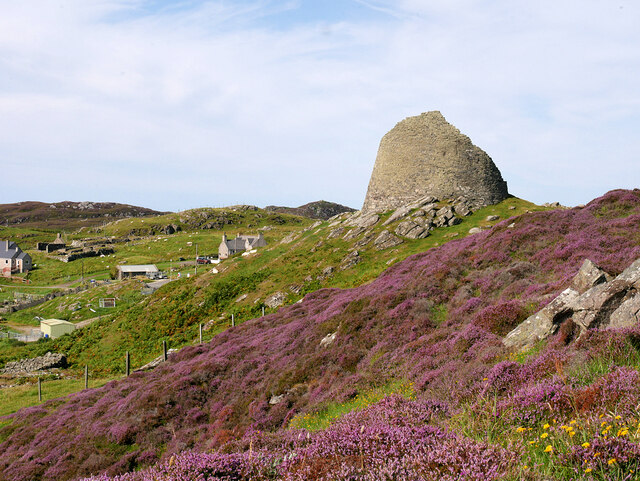
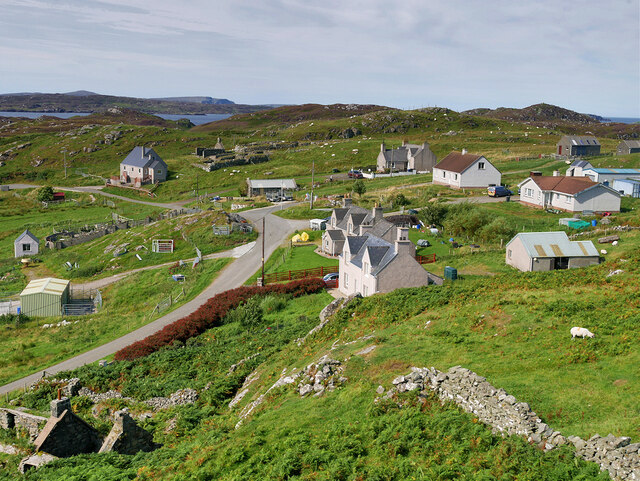
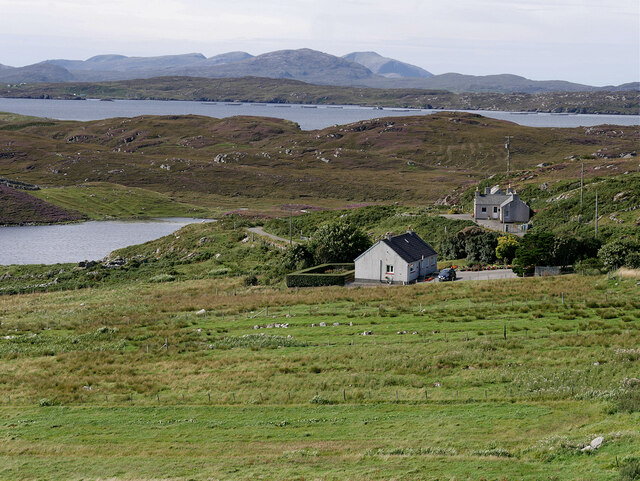
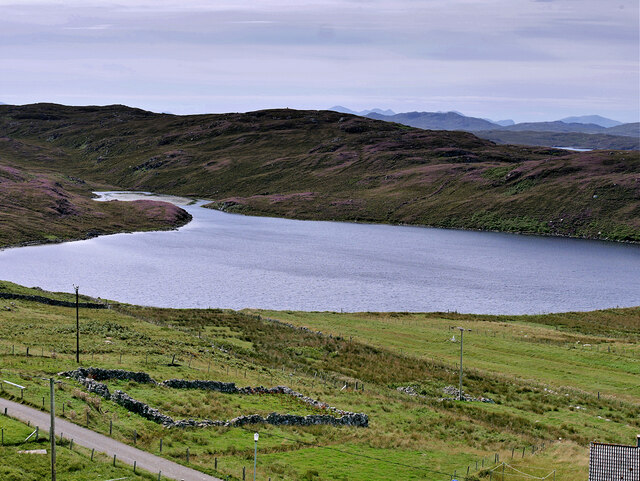
Geodh' a' Charra is located at Grid Ref: NB1842 (Lat: 58.279131, Lng: -6.8002143)
Unitary Authority: Na h-Eileanan an Iar
Police Authority: Highlands and Islands
What 3 Words
///broached.image.denser. Near Carloway, Na h-Eileanan Siar
Nearby Locations
Related Wikis
Borrowston, Lewis
Borrowston (Scottish Gaelic: Borghastan), with a population of about 50, is a crofting township situated on the Isle of Lewis, on the Outer Hebrides of...
Dun Carloway
Dun Carloway (Scottish Gaelic: Dùn Chàrlabhaigh) is a broch situated in the district of Carloway, on the west coast of the Isle of Lewis, Scotland (grid...
Garenin
Garenin (Scottish Gaelic: Na Gearrannan) is a crofting township on the west coast of the Isle of Lewis in the Outer Hebrides of Scotland. Garenin is in...
Carloway
Carloway (Scottish Gaelic: Càrlabhagh [ˈkʰaːɾɫ̪ə.ɤː]) is a crofting township and a district on the west coast of the Isle of Lewis, in the Outer Hebrides...
Nearby Amenities
Located within 500m of 58.279131,-6.8002143Have you been to Geodh' a' Charra?
Leave your review of Geodh' a' Charra below (or comments, questions and feedback).
